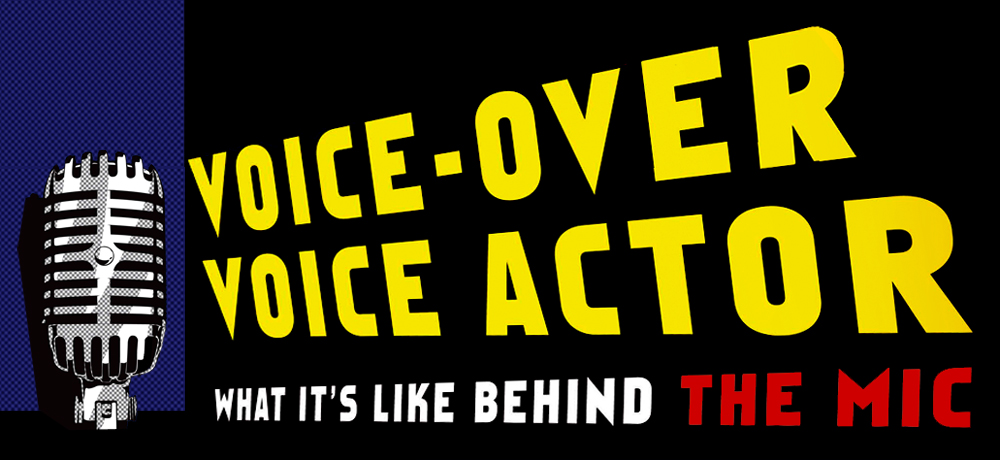1. Keeping your lips together, like you were making imaginary car (or motorboat, if you prefer) “brrrm, brrrrm” noises, and allow your lips to make a “raspberry” type sound (like a good old-fashioned Bronx cheer without sticking your tongue out), or lip trill. Begin at the bottom of your possible range and while continuing the lip trills gradually raise your pitch until you hit your highest note possible.2. Now reverse direction. Start at the top of your range and move downward thru your natural pitch to your lowest note.
3. Continue your lip trills while going from low to high and back to low again. It’ll sound a little like a siren.
4. Repeat the sirens 3-5 times until you feel like your voice is beginning to get warmed up.
5. This can be hard to describe on paper. Feel free to visit this link ( ) to see an example.
Lip trills are a great way not only to warm up your face and resonators in your sinus cavities, but also helps keep your vocal cords and neck muscles from tensing up while you’re warming up your voice. Don’t worry if your voice cracks during the sirens. That’s just a natural part of expanding your range. We all have “head tones” (high) as well as “chest tones” (low) in our range, and in order to move back and forth continuously from one to the other, you have to move through your natural “break,” which is the sound that often people associate with a teen boy going through puberty. One of the reasons for this is that the vocal cords are actually growing and stretching and sounds that used to be easily within one range move to a different register, and the voice “cracks” as it pushes through unfamiliar territory. So in addition to warming up your voice, this exercise can also help you widen your vocal range.
Sirens w/out Lip Trill
1. Allow your mouth to hang slightly open, and begin an “ee” sound at the bottom of your range. As you exhale, slide your pitch higher and higher until you hit your highest note possible.
2. Now reverse direction. Start at the top of your range and slide your pitch downward until you hit your lowest note.
3. Make sure your face and jaw are relaxed and comfortably open while making the siren sound.
4. Repeat the sirens 3-5 times until you feel like your voice is warming up.
Practicing sirens can really begin to stretch your range and gently allow the musculature in your face and neck (as well as your vocal cords) to begin to become accustomed to the sounds you’ll be making while acting.
Whether you have a high or low-pitched voice you can also begin to think about the placement of the sound you’re making. This is separate from the pitch. Placement relates to the physical location in your body where your voice is resonating. For example, if you have a head cold and are all stuffed up, you might sound very frontal, or nasal, since your sinuses are blocked and thus blocking the sound from escaping completely, therefore creating a very frontal resonant sound. If you drop the sound way back to the back of your throat, then you would almost sound like you were swallowing the sounds, creating a very different quality altogether.
Begin to play around with extremely frontal, a mid-range placement as well as a back placed sound. This is something that you can bring into your work and begin to pick and choose where certain voices you create will be placed and where others will lie instead. [Should this be a new exercise to help develop awareness of where you’re placing your voice?]
COME VISIT US ON FACEBOOK! Voice Over Voice Actor
